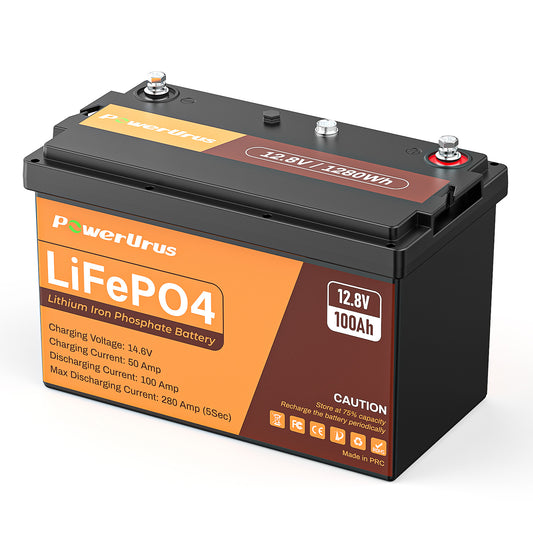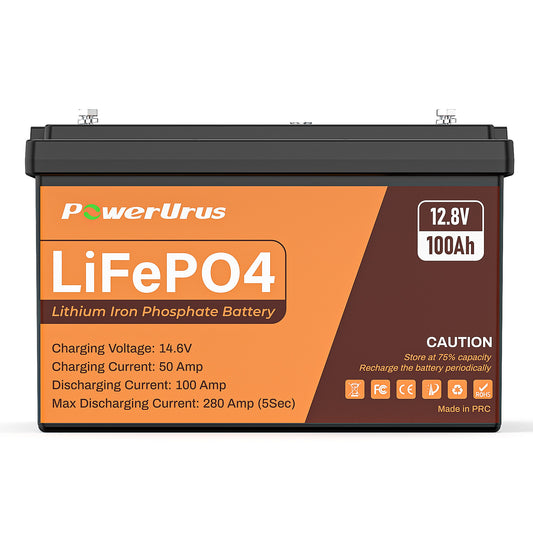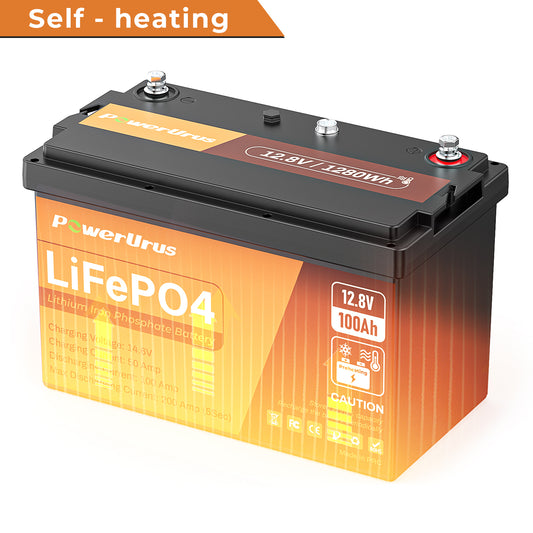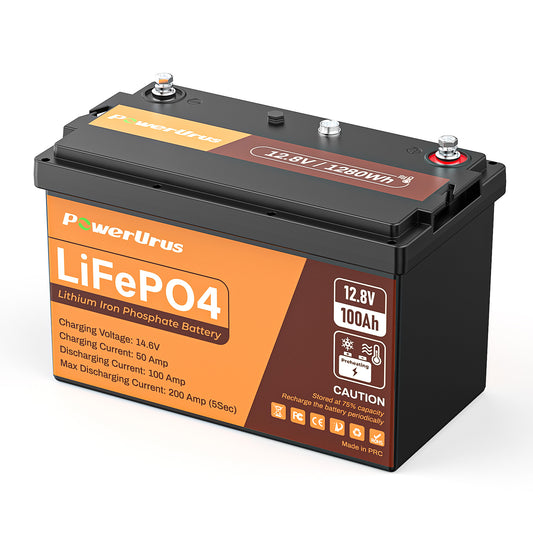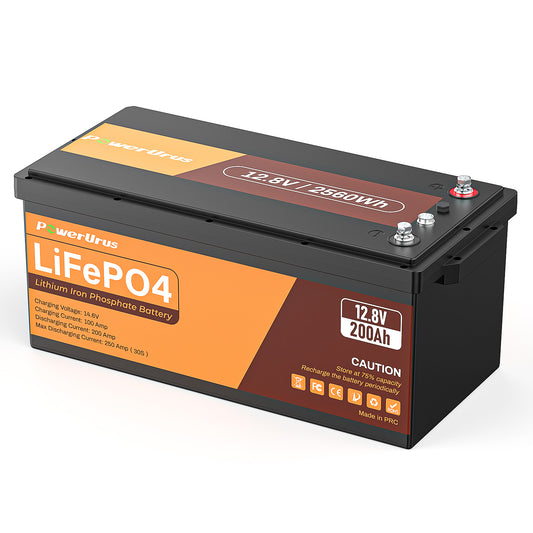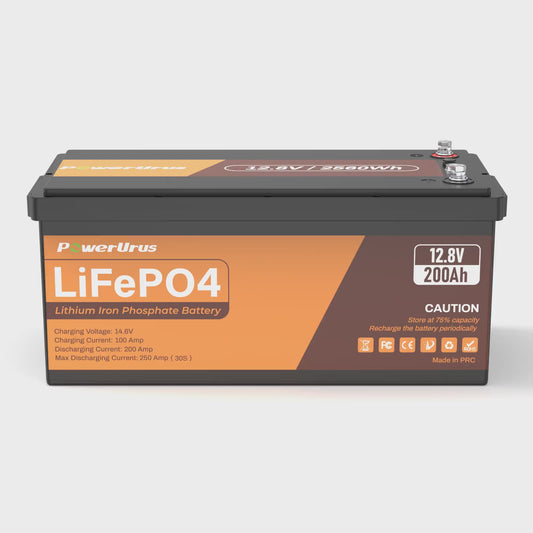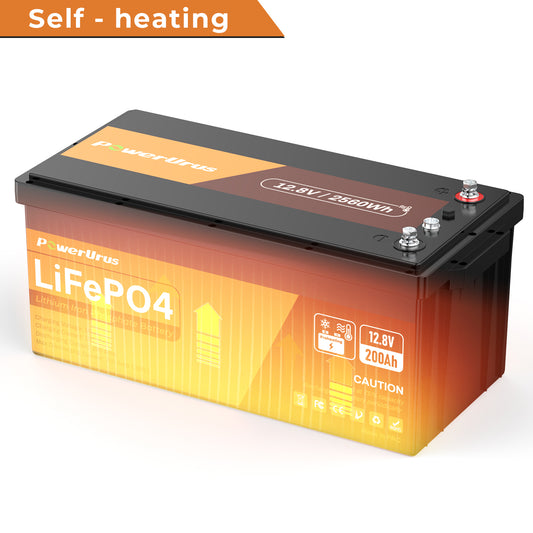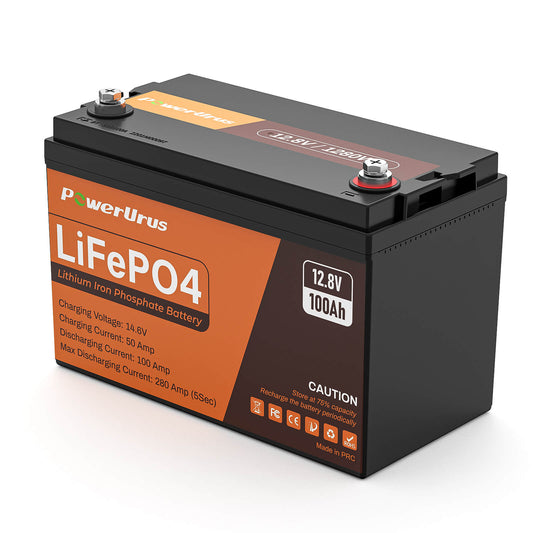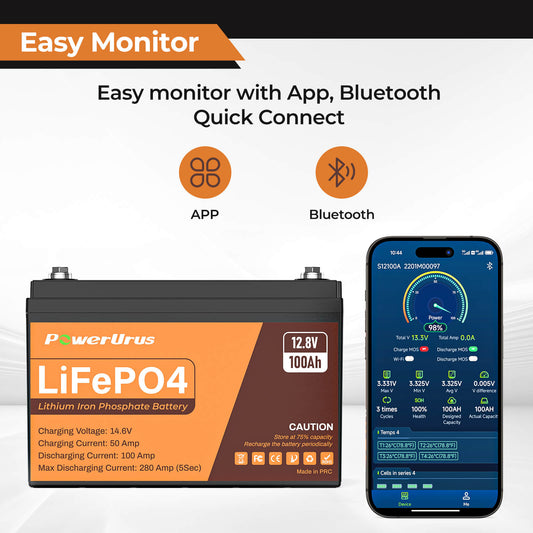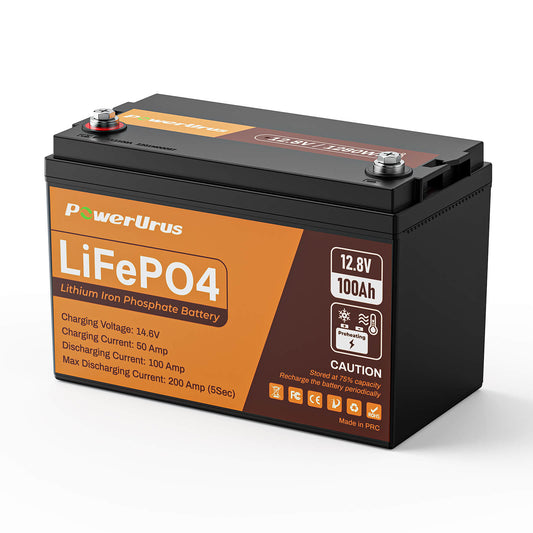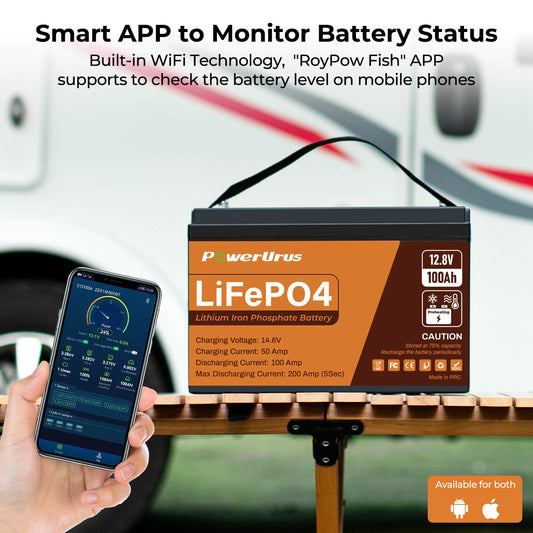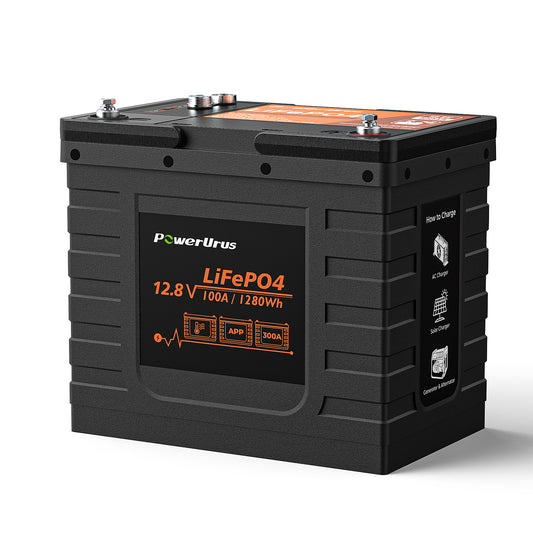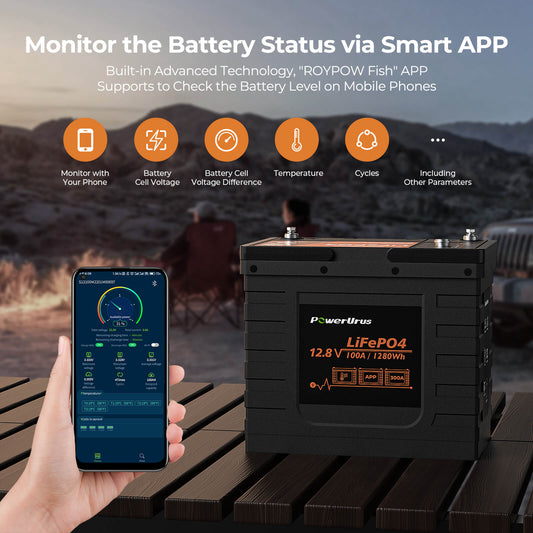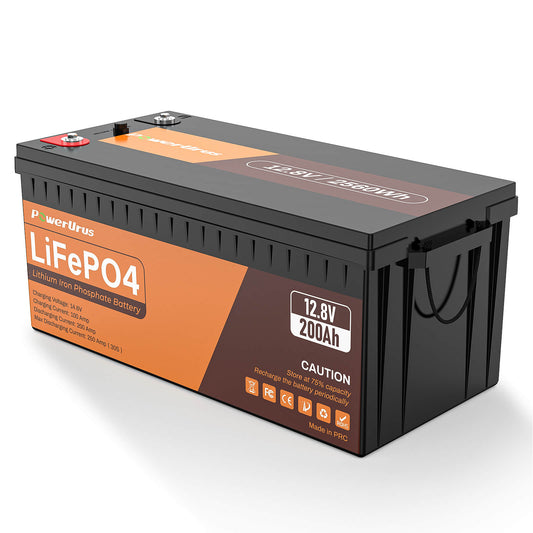Lead-Acid vs. Lithium Batteries for Golf Carts: A Comprehensive Comparison
When selecting a battery for golf carts, two primary options dominate the market: lead-acid and lithium-ion. Here’s a breakdown of their core differences and performance nuances to help you make an informed choice.
1. Cycle Life: Longevity Matters
Lead-Acid: Traditional lead-acid batteries typically offer 300–500 cycles at 50% depth of discharge (DoD) before capacity drops to 80% . For example, flooded lead-acid variants with tubular plates (common in golf carts) may last slightly longer due to improved structural durability .
Lithium-Ion: Lithium batteries excel with 2,000+ cycles even at 80–100% DoD, thanks to stable electrode materials like lithium iron phosphate (LiFePO₄) . This translates to 5–10 years of service versus 2–3 years for lead-acid.
2. Weight & Energy Density: Efficiency Boost
Lead-Acid: A 48V/150Ah leadacid battery weighs ~150–180 kg, occupying significant space. Its low energy density (30–50 Wh/kg) limits runtime .
Lithium-Ion: Lithium variants weigh 60–70 kg for the same capacity—one-third the weight of lead-acid—while delivering higher energy density (150–200 Wh/kg) . This reduces cart weight, improving maneuverability and range.
3. Charging Speed: Time is Money
Lead-Acid: Requires 8–10 hours for a full charge due to slower ion diffusion in sulfuric acid electrolytes. Partial charging further degrades lifespan .
Lithium-Ion: Charges in 2–3 hours with support for fast charging protocols. A 1C charging rate (e.g., 150A for a 150Ah battery) ensures minimal downtime .
4. Lead-Acid Subtypes: Tubular vs. Paste Coated Plates
Tubular Plates: Used in premium lead-acid batteries, these woven gauntlets with high resin content resist corrosion and active material shedding, enhancing cycle stability (~500 cycles) .
Paste Coated Plates: Common in cheaper models, these grids with lead oxide paste degrade faster due to higher internal resistance and sulfation, limiting cycles to 300–400.
5. Cost & Environmental Impact
Lead-Acid: Lower upfront cost ($300–600/kWh) but higher long-term expenses due to replacements and maintenance . Recycling infrastructure is mature, but lead pollution remains a concern .
Lithium-Ion: Higher initial investment ($800–1,200/kWh) but lower lifetime costs. Lithium is more eco-friendly, with no lead or acid leakage risks .
Final Recommendation
For golf cart users prioritizing longevity, efficiency, and low maintenance, lithium-ion batteries are the superior choice despite higher upfront costs. However, if budget constraints dominate, tubularplate lead-acid batteries offer a balanced compromise. Always pair your choice with a compatible charger (e.g., multistage lithium chargers ) to maximize performance.
By weighing these factors—cycle life, weight, charging speed, and durability—you can optimize your golf cart’s performance and operational costs effectively.

